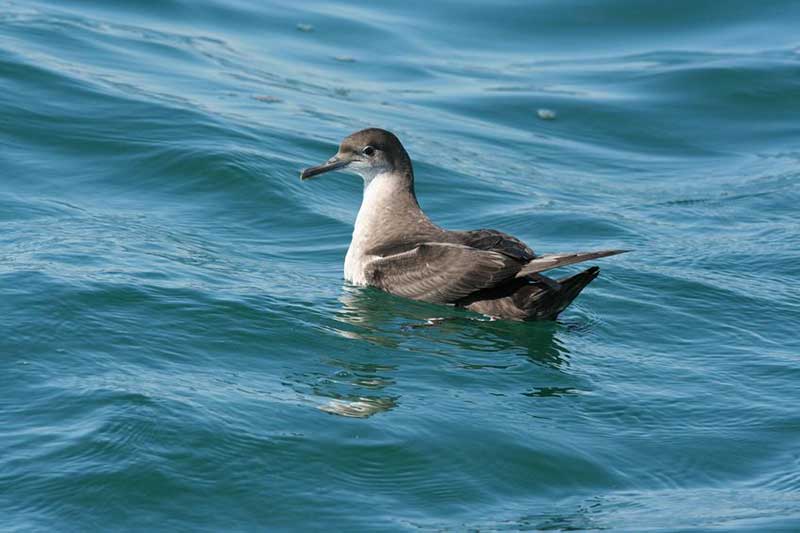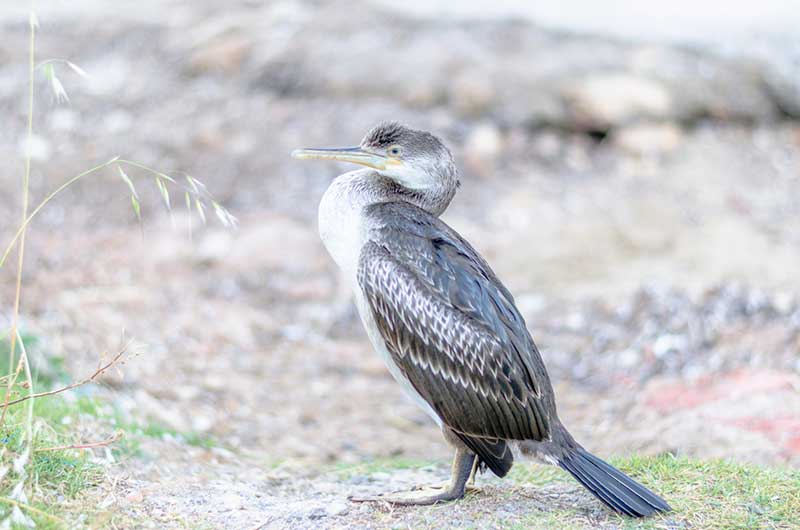Main Menu

UK passage: 2,000 birds
Family: Shearwaters And Petrels
Balearic shearwater have dark brown upperparts with slightly darker flight feathers and tail. Their underwings are pale spotted with brown, with a narrow dark brown edge, and their underparts vary from white to dark brown.
Balearic shearwaters vary in their plumage. Typical birds have white throats and bellies with brown breasts and flanks. Pale Balearic shearwaters have white underparts with brown upperparts. Dark Balearic shearwaters have brown underparts with slightly paler bellies and throat.
Balearic shearwaters have a dark grey bill, dark brown eyes, and pink legs and feet with black tipped toes.
Both sexes are similar. Juveniles also show variations in their plumage but they are on average darker and pale juveniles are scarce.
Try our interactive bird identifier
Balearic shearwaters breed in colonies on islands. Their nest inside a burrow dug into coastal cliffs or rocky islets. The nest is not lined.
Balearic shearwaters lay a single white egg which is incubated for 90 days. Both parents feed the chick for 15 days and it fledges 70 days later.
Balearic shearwaters eat mainly small fish such as sardines, sprats, anchovies, and squid.

Balearic shearwaters can be seen between July and September around the south coast of England and west Wales., as well as the North Sea off the east coast.
For a long time Balearic shearwaters were considered to be a subspecies of Manx shearwaters. It was then held to be a subspecies of the Mediterranean shearwater before being declared a distinct species in the 1990s.